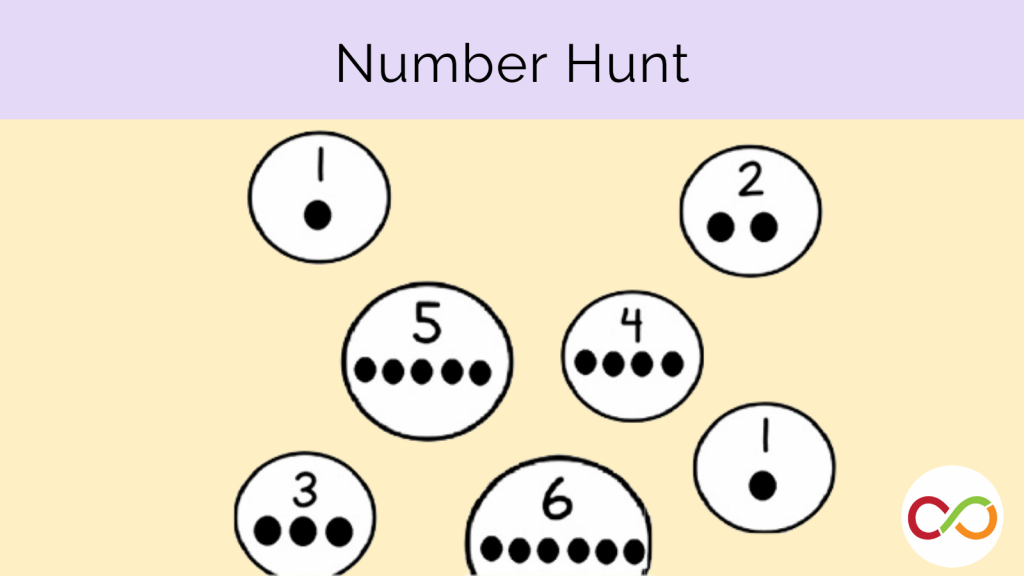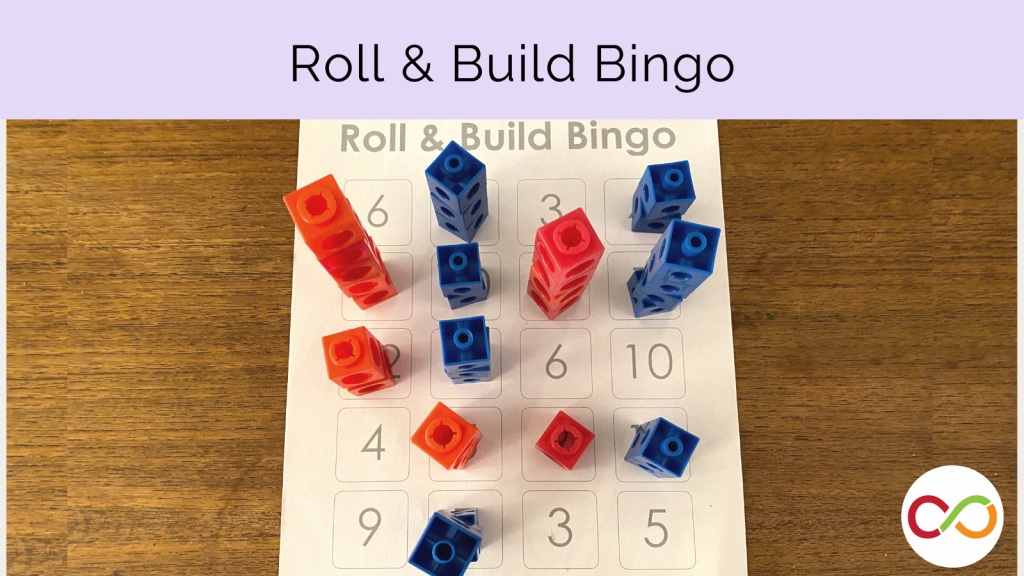Dominoes Parking Lot Game
Early Years/Primary (Age 3 – 9)
Curriculum Goal
Kindergarten: Demonstrating Literacy and Mathematics Behaviour
- Demonstrate an understanding of numbers, using concrete materials to explore and investigate counting, quantity, and number relationships.
Primary: Number Sense and Numeration
- Read, represent, compare, and order whole numbers to 100, and use concrete materials to represent fractions and money amounts to 100¢.
- Solve problems involving the addition and subtraction of one- and two-digit whole numbers, using a variety of strategies, and investigate multiplication and division.
Context
- Students will be sitting on the carpet in front of the board.
Materials
- Assorted Dominos Set (can be cardstock version if wooden set not available)
Domino Parking Lot laminated template (Appendix A): 1 for each student
Optional: Learning Centre Set-up with electrical tape and numbers to form Domino Parking Lot gridlines (for playing in large teams)
Extension activity: recording sheet (Appendix B) and pencil
Lesson
- Explain to students that they will play a number and counting game using dominoes, which are rectangular game pieces (like cards) with a line dividing the tile into two square ends. Each square is marked with several spots (pips) or is purposely left blank.
- Demonstrate dominoes by drawing a domino shape on the board. Ask a volunteer to select one domino from the stack and to count the number of dots on the first half. Draw that number of circles in the appropriate space and do the same with the other half.
- Ask students to count the total number of dots and record it on the board.
- Present the parking lot template to students and explain that each domino will be placed into a parking spot based on its total number of dots (e.g. a domino with 1 dot on top and 2 dots on the bottom will go into the #3 spot).
- Practice a few times as a class. A way of assessing the class’ understanding, deliberately place the dominoes incorrectly and see if students will “catch the teacher’s mistake”.
- Explain the rules of the game. This may be played as a race between individuals/teams or against the clock.
- Place all dominoes facing up or down (more challenging) on playing surface.
- Players/teams take turns flipping over a domino and determining its corresponding parking space on their personal/team game board.
- If the parking spot is full, the player places the domino back into the pile and the player’s turn is over.
- To play a more relaxed version, dominoes can be stacked in the same parking spot.
- Continue taking turns until a player/team has filled the board: one domino correctly placed into each number spot.
- As students play the game, ask them to share their counting strategies and explain how they “see” the total. (E.g. I saw 1 and 2, I know 1 plus 2 is 3 so I placed it in the #3 spot.)
Look Fors
- How are the students counting and adding the number of dots on the dominos? What strategies are they using (e.g. one-to-one correspondence, counting on and automatic retrieval?)
- Are they making any errors? If so, are there any patterns can you see underlying these counting mistakes? What can be done to support the student in correcting their errors?
Extension
- Students can use subtraction to find the dominoes’ corresponding parking spot. Students will subtract the domino side with the smaller number of dots from the larger side to find the difference and place the domino in the number slot that corresponds with the difference.
- Students can be given recording sheets and pencils to keep a record of the different addition equations and fact families they come across (Appendix B).
- Graphing component can be introduced in a follow-up activity in which the class discusses which number totals were seen the most/least. This extension activity is best supported when the relaxed stacking version of the game is played and recording sheets are utilized.
Share this lesson
Share on facebook
Share on twitter
Share on email


